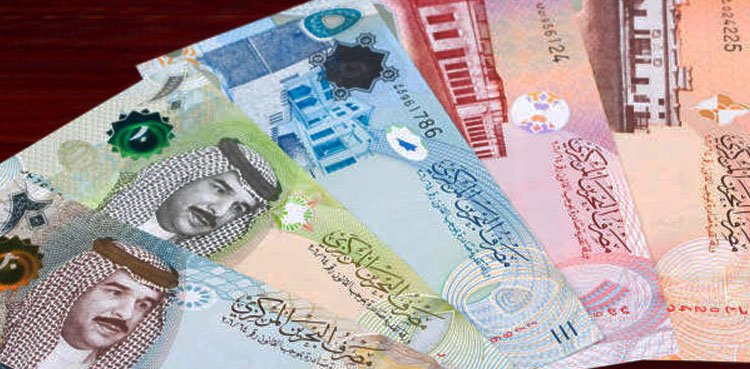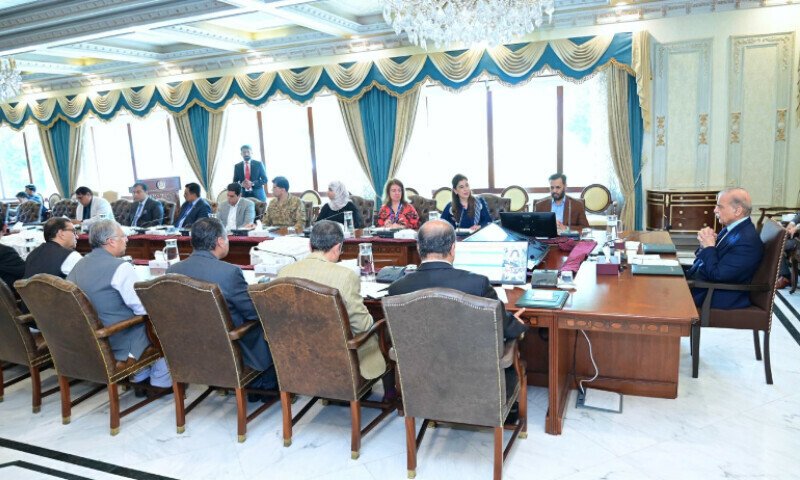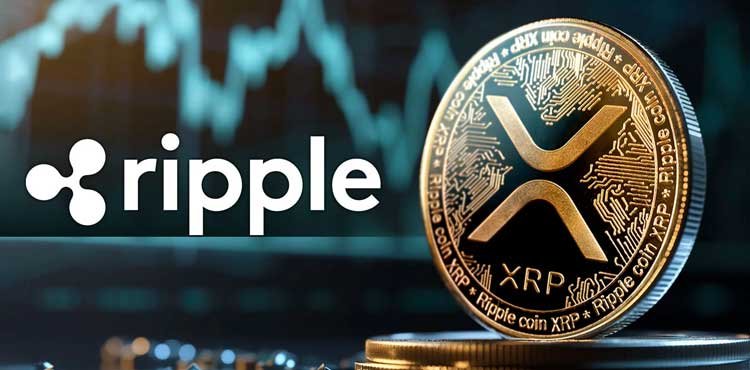
KARACHI/MANAMA – The Bahraini Dinar (BHD) has continued its upward trajectory against the Pakistani Rupee (PKR), trading at 752.59 PKR today compared to June’s closing rate of 751.86 PKR, extending the currency’s solid monthly performance.
Today’s rate marks a gain of 0.73 PKR from the month-end closing, maintaining the dinar’s momentum as it consolidates near recent highs following a strong June showing.
1 BHD = 752.59 PKR
Steady Monthly Gains Reflect Dinar Strength
The Bahraini Dinar’s performance throughout June demonstrated consistent appreciation against the Pakistani Rupee. The currency climbed from 744.79 PKR at the start of June to reach today’s level of 752.59 PKR, representing a substantial gain of 7.80 PKR over the period.
The dinar’s journey showed typical market fluctuations, trading at 751.23 PKR on June 23 before rising to 751.94 PKR on June 26 and closing the month at 751.86 PKR. This steady upward trend reflects the underlying strength of Bahrain’s economic fundamentals and the dinar’s stability in regional currency markets.
Economic Foundations Support Currency Performance
The Bahraini Dinar’s strength stems from Bahrain’s strategic position as a regional financial hub and its well-diversified economy. Unlike many Gulf states heavily dependent on oil revenues, Bahrain has successfully established itself as a major banking and financial services center, hosting numerous international banks and Islamic finance institutions.
Bahrain’s monetary policy framework, managed by the Central Bank of Bahrain, maintains the dinar’s peg to the US dollar at a fixed rate of 0.376 BHD per USD. This currency peg provides stability and predictability, making the dinar an attractive store of value for regional investors and businesses.
Understanding Currency Valuation Mechanisms
The BHD-PKR exchange rate reflects the interplay between Bahrain’s stable, dollarized economy and Pakistan’s managed float currency system. The Bahraini Dinar’s peg to the US dollar means its strength against the Pakistani Rupee largely mirrors the dollar’s performance against emerging market currencies.
Several factors influence this currency pair including bilateral trade flows, foreign investment patterns, and relative economic performance. Bahrain’s position as a financial gateway between East and West generates consistent foreign currency inflows, supporting the dinar’s value against regional currencies.
Currency Background and Characteristics
The Bahraini Dinar, introduced in 1965, is among the world’s highest-valued currencies due to Bahrain’s economic stability and strategic importance in the Gulf region. The currency operates under a conventional fixed peg arrangement with the US dollar, providing exchange rate stability that has made Bahrain an attractive destination for international business and finance.
The Pakistani Rupee, Pakistan’s official currency since 1948, functions under a managed float system overseen by the State Bank of Pakistan. The rupee’s value fluctuates based on economic fundamentals, including current account dynamics, foreign investment flows, and domestic monetary policy decisions.
Impact on Pakistani Workforce and Remittances
The dinar’s appreciation significantly benefits the Pakistani expatriate community in Bahrain, which numbers approximately 300,000 workers across various sectors including construction, services, and finance. A stronger BHD-PKR exchange rate enhances the purchasing power of remittances sent to families in Pakistan, providing increased financial support for households.
For many Pakistani families, remittances from Bahrain represent a crucial source of income. The current exchange rate levels mean workers can send more rupees home for each dinar earned, potentially boosting consumption and investment in Pakistan’s domestic economy.
Bilateral Trade and Economic Relations
Exchange rate movements between the Bahraini Dinar and Pakistani Rupee influence bilateral trade dynamics. A stronger dinar makes Bahraini imports more expensive for Pakistani businesses while potentially increasing the competitiveness of Pakistani exports in Bahrain’s market.
Bahrain serves as an important re-export hub for goods destined for Pakistan and other South Asian markets. The stable dinar provides predictability for trade financing and long-term commercial relationships between businesses in both countries.
Regional Financial Hub Status
Bahrain’s role as the Gulf’s financial capital supports the dinar’s strength through multiple channels. The kingdom hosts the headquarters of numerous regional banks, insurance companies, and investment firms, generating substantial foreign currency revenues from financial services exports.
The country’s Islamic banking sector, in particular, attracts capital from across the Muslim world, including Pakistan. This financial sector strength provides a stable foundation for the dinar’s value against emerging market currencies.
Economic Diversification Success
Unlike many regional economies, Bahrain has successfully reduced its dependence on oil revenues through economic diversification. The financial services sector now contributes significantly to GDP, alongside manufacturing, aluminum production, and a growing tourism industry.
This diversified economic base provides multiple sources of foreign currency earnings, reducing volatility and supporting the dinar’s stability against currencies like the Pakistani Rupee that may be more susceptible to commodity price swings or single-sector dependencies.
Market Outlook and Future Trends
The Bahraini Dinar’s recent performance suggests continued strength supported by the kingdom’s stable economic fundamentals and strategic position in the Gulf. Bahrain’s ongoing investments in financial technology, sustainable finance, and regional connectivity are likely to maintain the currency’s attractiveness.
For Pakistani stakeholders, including workers and businesses, the current exchange rate environment provides opportunities for enhanced purchasing power and trade competitiveness. The dinar’s stability, backed by its dollar peg and Bahrain’s diversified economy, suggests these favorable conditions may persist in the medium term.




